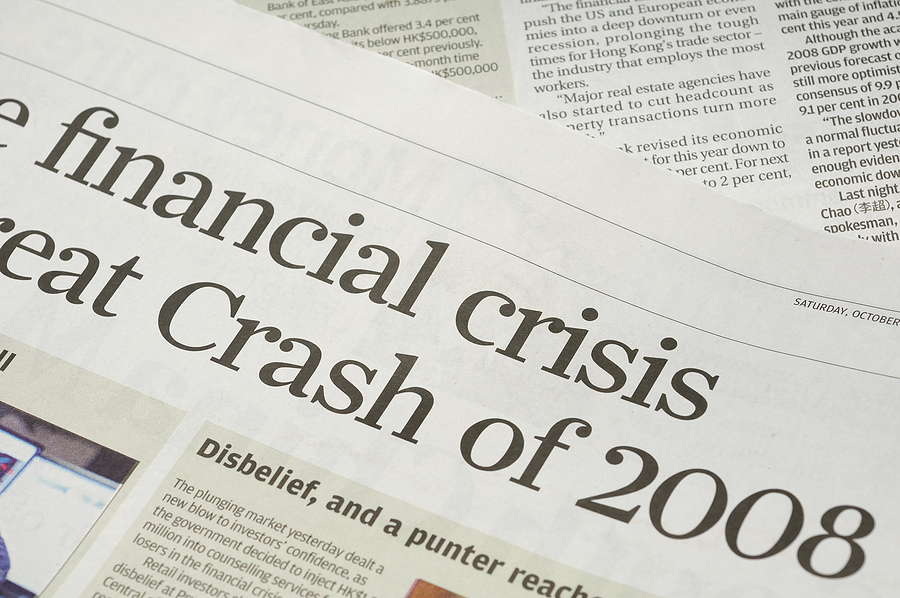By KIMBERLEY HAAS
Mortgage giants Fannie Mae and Freddie Mac have raised their limits on government-backed loans to $647,200 in most of the country and nearly $1 million in some high-cost American communities.
Does that mean lenders are repeating the same mistakes which led to the 2008 crash?
This 18% hike in the size of conforming loans is the highest single jump since at least 1970, outpacing the 15.9% increase seen in 2006. Two years later, on Dec. 30, 2008, the Case-Shiller home price index reported its largest drop in history. The credit crisis and housing bubble burst that followed led in part to the Great Recession in the United States.
Now some observers fear U.S. markets are moving back to that same point. “In the 2000s federal loan subsidies and low-interest rates fed a housing mania that ended in panic and a crash. Taxpayers had to rescue Fannie and Freddie to the tune of $190 billion,” the Wall Street Journal editorialized. “Here we go again?”
That’s the question The Mortgage Note asked David Bahnsen, founder and managing partner of The Bahnsen Group. Is Washington repeating the same mistakes that led to the 2008 crash?
“I do not believe the Fannie increased conforming limit risks an exact repeat of 2008, but I do think it is marginally in the same category of thoughtless subsidy to something already over-priced,” Bahnsen said.
Bahnsen explained that the upper range price point is in no need of mortgage facilitation from Fannie and Freddie, and to accommodate this to that price point puts lower-cost money on the table for an over-priced asset.
“In other words, it facilitates the misallocation of capital. Now, the leverage rates of pre-2008 are not coming back any time soon so the systemic risk is less, but the point is this goes the opposite direction of where we ought to be,” Bahnsen said.
Tom LaMalfa, President of TSL Research & Consulting, told the MortgageGrader website, “We are in a similar situation as 2008. Nobody is expecting a decline in home prices. There is no material change in underwriting with high loan-to-values, high debt ratios, and minimal FICO scores.”
LaMalfa was one of the people sounding the alarm in 2000 regarding a potential Fannie/Freddie crash.
Seeking Alpha reports Fannie Mae stock surged 26% and Freddie Mac went up by 25% after the Federal Housing Finance Agency after this lastest increase in conforming loan limits.
Both companies will be able to back loans of over $970,000 in high-cost areas like New York, San Francisco, Washington, DC, and Los Angeles.
Mortgage lending declined in both Q2 and Q3 2021, the first consecutive decline in two years and the first time since 2000 that lending fell in Q2 and Q3, according to ATTOM’s Q3 2021 U.S. Residential Property Mortgage Origination Report.
Mortgage rates remained basically the same over the last week, averaging 3.11%, Freddie Mac reported.
